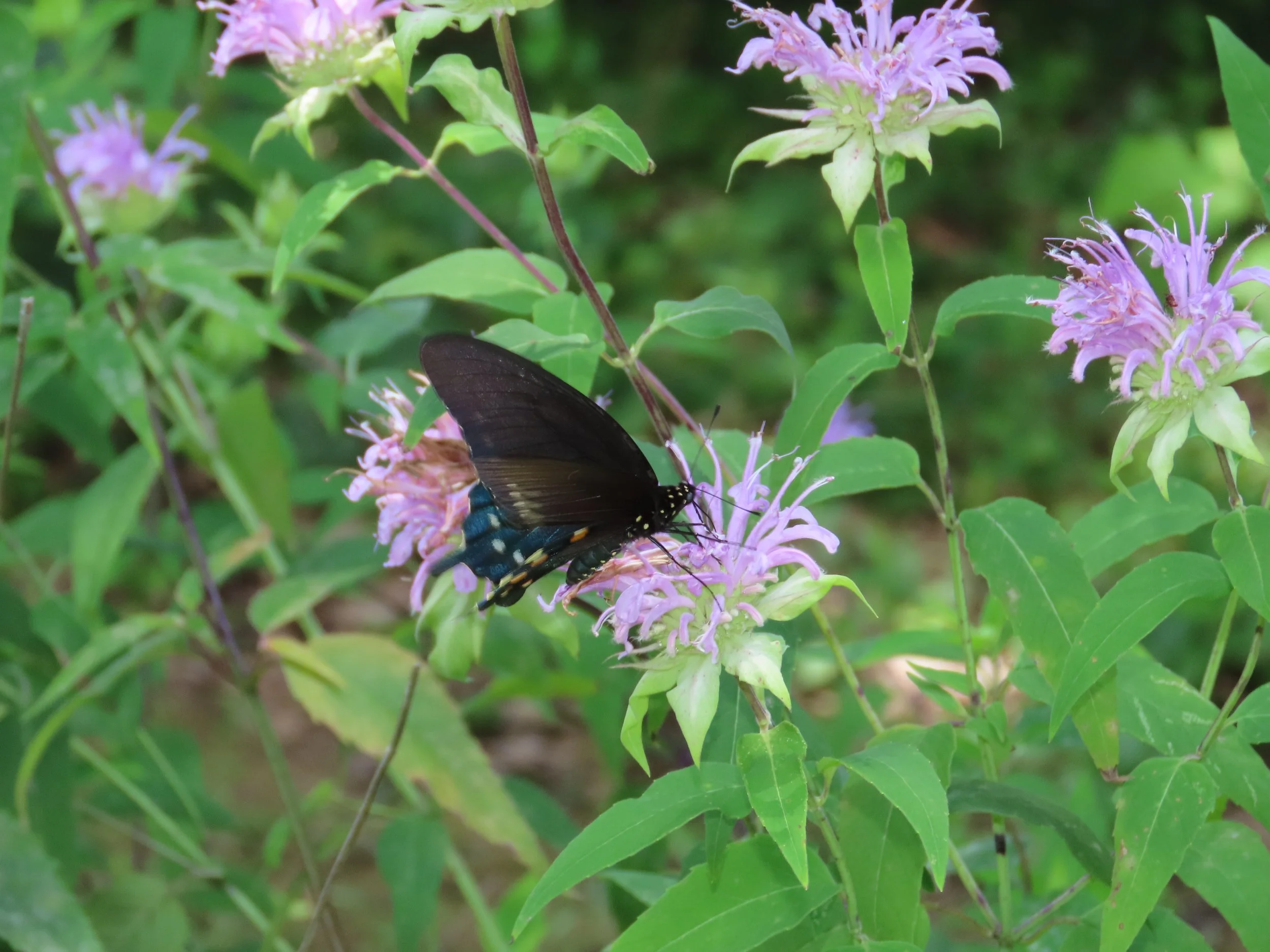Xerces Society says my Monarchs are doomed!!
/In a recently published blog, the Xerces Society left a lot of monarch enthusiasts in tears, thinking that the monarchs they had hand-raised this summer are doomed to a wretched and horrible death. “I’ll never hand-raise another monarch again,” are the sobs from throughout the Midwest, which by all estimates, has experienced a superb monarch season.
I have been tagging and researching monarch butterflies since 1997, including original research in Arizona from 2003-10 in the form of the Southwest Monarch Study. In those years one thing I have learned is this, certain members of the monarch scientist community tend to be alarmist and elitist. Therefore, in this post I will address many of the reasons that the Xerces Society and others give for allowing monarch caterpillars throughout the Midwest become spider food.
First of all, in reference to the Xerces post, I read someone claim that captive raised monarchs are not as successful at migrating as ‘wild’ monarchs. The reference which was given in the Xerces post was Morris et al. 2015. As I studied that paragraph of the blog that made this claim and then looked at the reference it suddenly struck me, “Hey, that's my peer-reviewed paper!” The full citation would read, Gail M. Morris, Christopher Kline, Scott M. Morris. Status of Danaus plexippus Population in Arizona. Journal of the Lepidopterists' Society 69(2):91-107. 2015.
The first error that people are making is that the Xerces blog post is not referring to ‘captive-raised’ monarchs but rather ‘captive-bred’ monarchs. And admittedly captive breeding can dilute the gene pool of the monarchs being raised in the captive breeding program.
Secondly I would like to point out that my paper merely reported the number of ‘wild’ monarchs tagged and recovered as well as the number of farm-raised monarchs tagged and recovered. Of ‘wild’ monarchs, 0.19% were recovered versus 0.10% of farmed monarchs. The paper made no attempt to attribute a cause to this difference, a difference which equates to one monarch per one thousand tagged, yet the Xerces blog certainly makes it sound as though the paper did attribute the lower recovery rate of captive bred monarchs to poor fitness. This assertion by Xerces is blatantly false.
Also keep in mind, when I was catching ‘wild’ monarchs throughout Arizona, I had no idea regarding their provenance. Several of those ‘wild’ monarchs may have been hand-raised by a little old lady in Sierra Vista for all I know. Also keep in mind this data was specific to ARIZONA!!
Later in the blog post we read, “There are no studies or other compelling evidence that show that releasing captive reared monarchs boosts the population. And if, at the heart of it, we are really trying to help monarchs, then we need to carefully examine the risks of captive rearing.” Also keep in mind that there are no studies saying that releasing captive reared monarchs does NOT boost the population. There is simply very little research on the topic.
Hopefully you can understand how I have come about my opinion that some of these research groups are alarmist, sky-is-falling predators. Hopefully you can also see the Xerces blog is intended to further a specific agenda that currently has no data to support itself. So many things in the last 15 years have been equated to causing the migration to go extinct; transfer studies, Bt corn, Asclepias curissavica plantings, and now the rearing of monarchs throughout the Midwest by five-year-olds and their mothers.
I say raise monarchs if you want. The spiders will have to eat something else. But if you are going to do so, do it smartly. Here are some suggestions:
Avoid captive breeding. I do agree with Xerces on this point. Just as humans shouldn’t be marrying their siblings, monarchs shouldn’t either.
If you are in the Midwest, do not take in fresh eggs after September 1. These eggs will most likely not become adults until after October 1 which is probably not enough time to make it safely to the overwintering sites in Mexico.
If you run out of milkweed, stop collecting eggs and cats! Your monarch babies should be fed local milkweed. The Ohio grandmother should not Fed-Ex overnight her monarch cats to her son in Texas because she has run out of milkweed. At some point you have to stop collecting eggs and cats. That point is normally when you are running low on milkweed . . . or you run out of space . . . or you run out of time to properly care for them, etc
If number 3 happens, sounds like you need to create more habitat. PLANT MORE MILKWEED. Butterfly Ridge can give you seeds to help you get started.
Maintain the utmost of sanitary conditions in your nursery. Bacteria and Oe can move between cats. Keep your nursery clean, dry, and not over-populated. If you think it looks crowded, it probably is! Keep in mind, in the Midwest you will never completely get rid of Oe. Oe is a fact of life. But it is at least worth the effort to try to keep infection rates low. (CORRECTION - Oe cannot pass between larva, but possibly between an egg and a different larva if kept in same container.)
Final thoughts. The Xerces article was very much written from a purist perspective, which cannot be faulted in and of itself. But how far do we take the purist approach? Do we ban non-native plants from home landscapes?! “I’m sorry Mr. Smith but you need to dig up those Lantana plants and that Mexican Sunflower because we observed a monarch nectaring from your sub-standard nectar choices.” Or, “I’m sorry Mrs. Jones, those milkweed plants were not a part of this property at European settlement therefore they have to go!” This purist mentality could be taken to obnoxious and extreme lengths.
Keep doing what you are doing. Love your butterflies, just do it responsibly.












